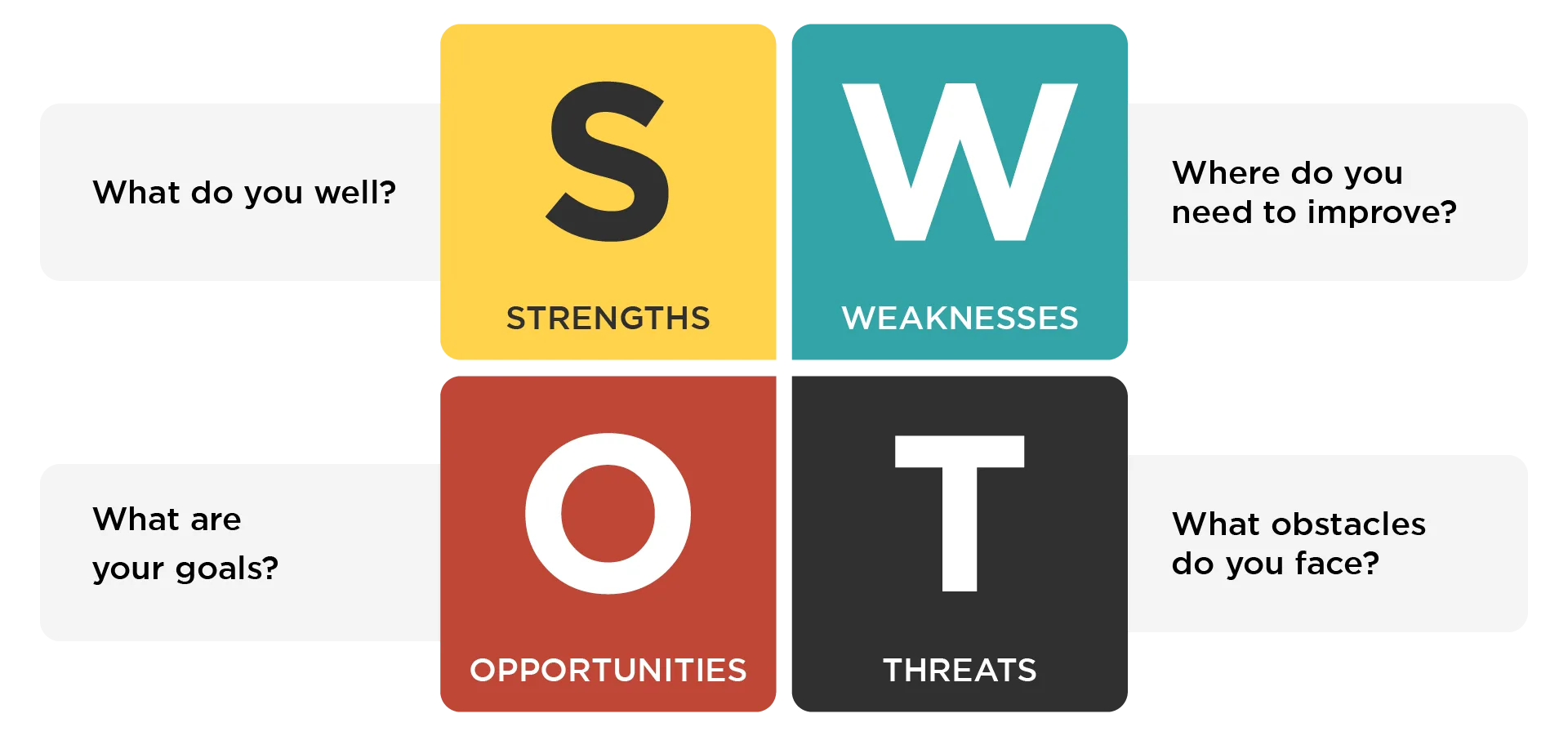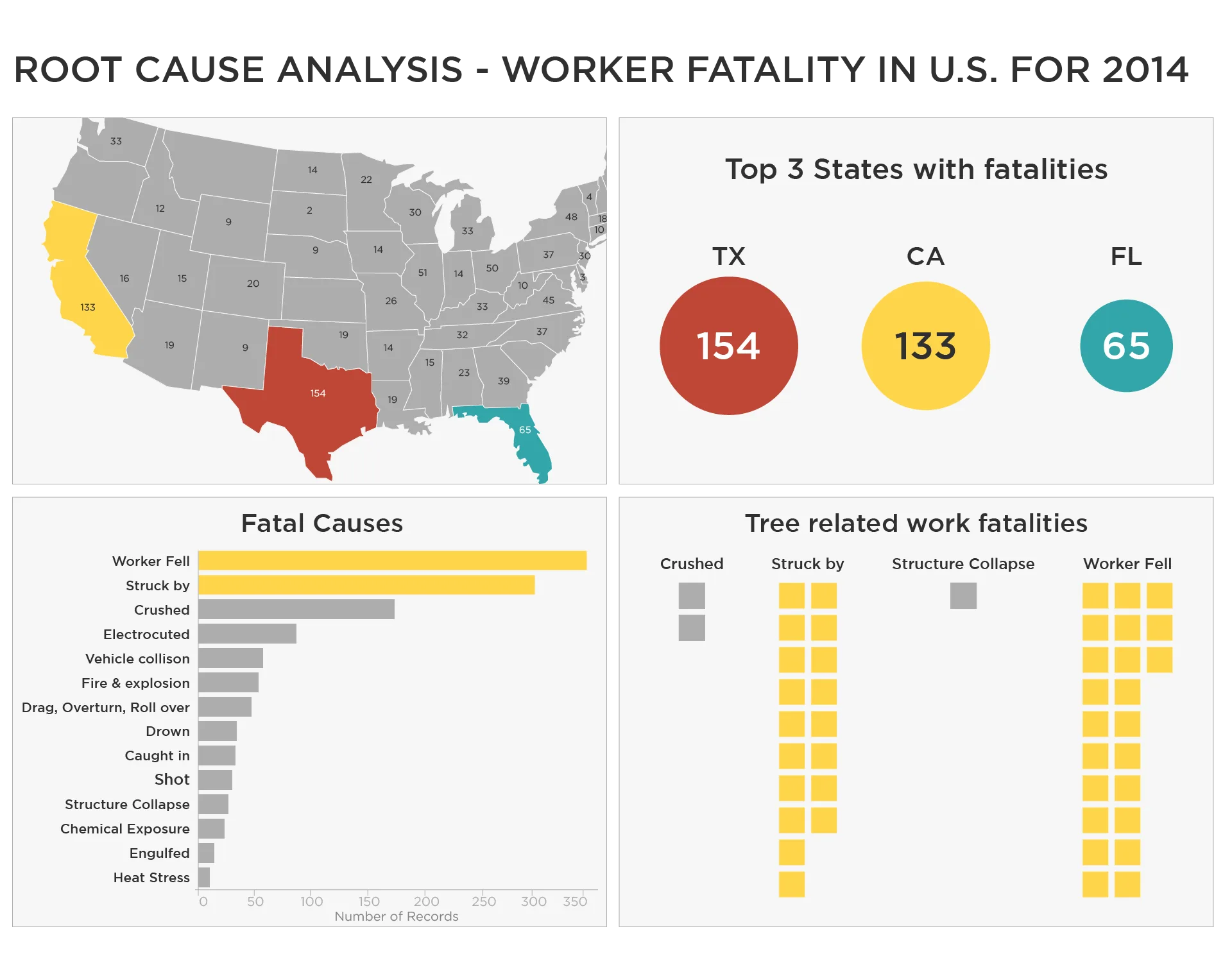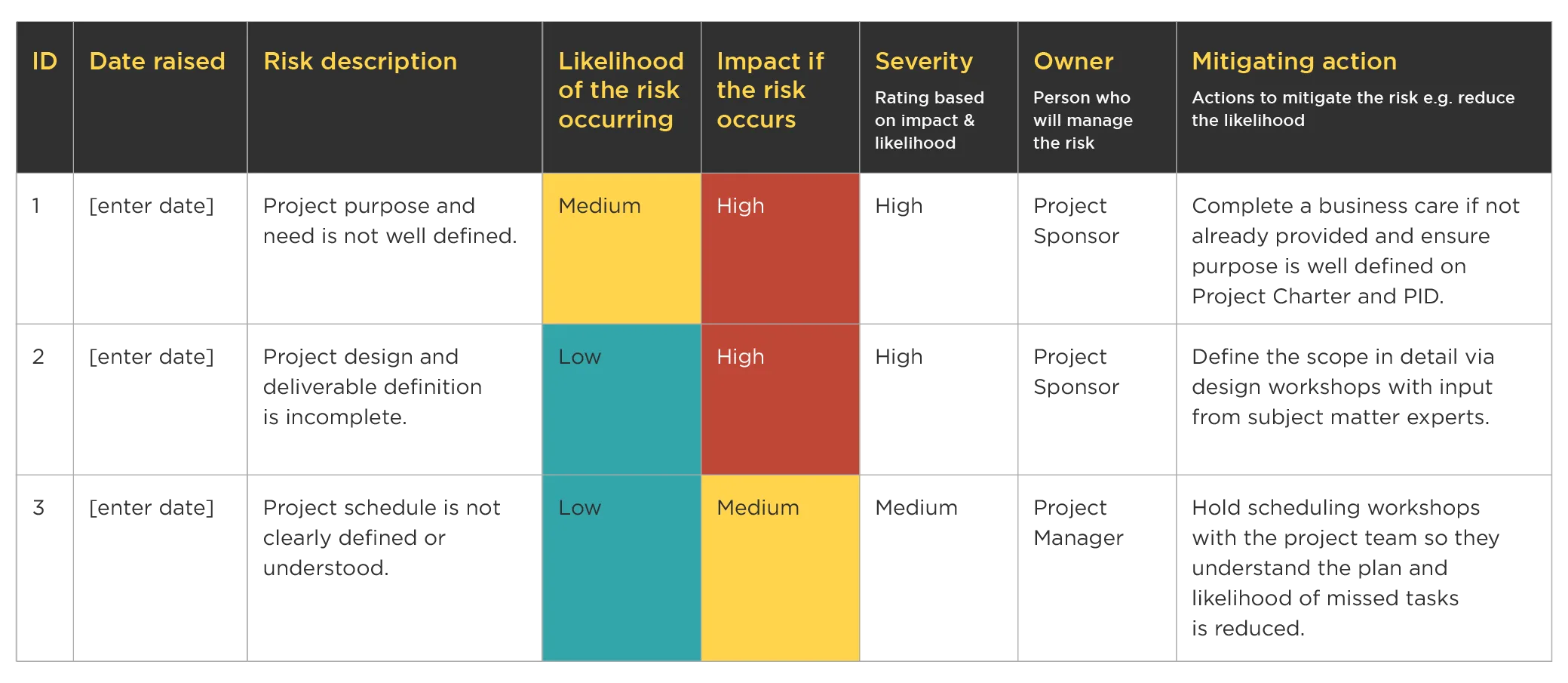In a time of global upheavals, risk management saves companies from bankruptcy and helps prevent the burst of unemployment. Risks may occur in any corporate unit, including finances, technologies, strategic planning, etc.
Let us quickly guide you through the essential basics of risk management to keep you prepared for choosing the best strategy for the fluctuating times.
Defining ‘risk’
In essence, a risk “implies the ex-ante possibility that things can go wrong or not turn out as expected”.
There are crucial characteristics of risks:
- Risks only refer to the future.
- A requirement, assumption, or condition may cause risk.
- They can be positive or negative. Sometimes risks lead to opportunities rather than to failure.
- There are NO risk-free projects.
Risk management is not about eliminating risk but identifying, assessing, and managing it.
Furthermore, separating risks from the issues is pivotal. Risk is uncertainty related to the future only. As mentioned above, it can also be positive. Issues are always negative, already occurring troubles (or something that will happen).
Example:
ISSUE: we accidentally found a new requirement missing from the project scope.
RISK: there may be changes in the requirements.
How to identify risks
In this section, we will introduce some of the most common risk identification methods.
SWOT analysis
SWOT analysis is a classical tool for vulnerability detection. It allows decision-makers to take a closer look at all possible directions for business planning as well as prioritize the work you have.

Root cause analysis
Tableau offers the best guide for it. This type of analysis helps discover the root causes of potential risks and find relevant solutions.

Brainstorming
Before the brainstorming session, an organizer needs to make sure who exactly should attend it. Stakeholders, employees, clients, and key executives are all valid sources of quality feedback and ideas about potential challenges.
Brainstorming sessions work well under a comfortable time limit and with a list of the most urgent points to discuss.
Documentation review
While performing a systematic review, you will more likely focus on these types of fundamental documents:
- project timing;
- project scope;
- work decomposition;
- costs and estimates.
Interview
Interviewing both internal stakeholders and external experts is a good idea to get a full-scale overview of the current state of affairs within the organization. You can have a prepared list of questions or have an unstructured discussion.
Decision tree
Construct multiple decision trees for each stage of the analysis. This tool is flexible enough to go deeper with calculations of the exact costs or losses for each possible decision. Each tree is designed with the decision, event, and cost nodes.

How to manage risks
Negative vs. positive risks
As we mentioned above, not all risks are negative, and some of them can turn into real possibilities for an organization's growth and prosperity.
Negative risks, or threats, can be avoided, mitigated, accepted, or transferred.
Positive risks, or opportunities, can be exploited, enhanced, accepted, or shared.

5 steps of effective risk management
- Identify the risk.
- Analyze and oversee risks.
- Set priorities for risks.
- Treat the risk.
- Set up risk monitoring.
Tips to minimize risks:
- start with prototyping.
- work with sprints.
- deliver regular demos for the client.
- respond to risks timely.
- communicate risks with the client.
- run a risk register (with probability, impact, strategy, action plan, and status).

It is vital to keep analyzing risks during the whole project. At the beginning of the project, risks have the maximum power, but the losses are minimum. The opposite happens at the end of the project.
Risk matrix
Managing all risks is impossible and expensive. The best strategy is to prioritize and focus on high-priority risks only. You can calculate risk probability and its impact to decide on the priority using a probability matrix.

Conclusion
By implementing a risk management procedure early in the initial stage of the project, you will not eliminate all the risks. However, you will be well-prepared for the most expected risks and well-armed to treat them timely and systematically.



